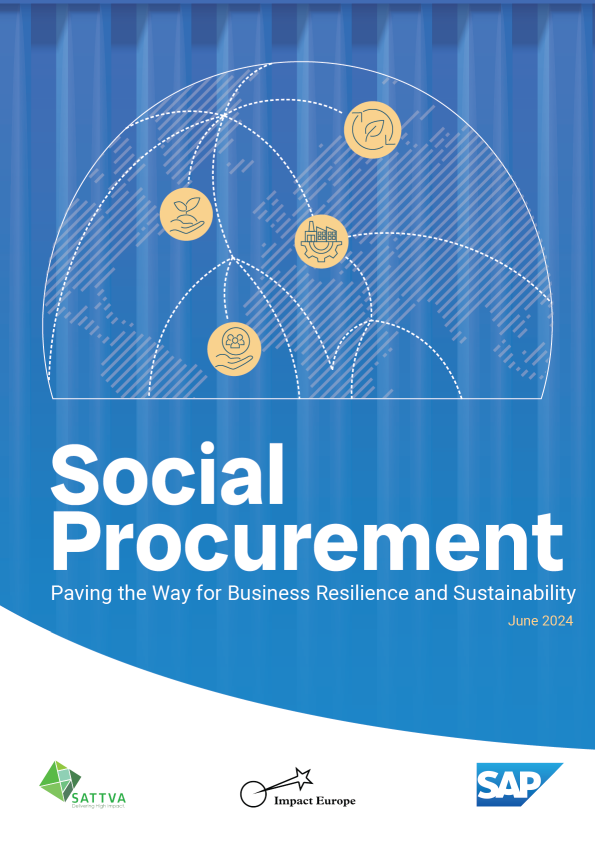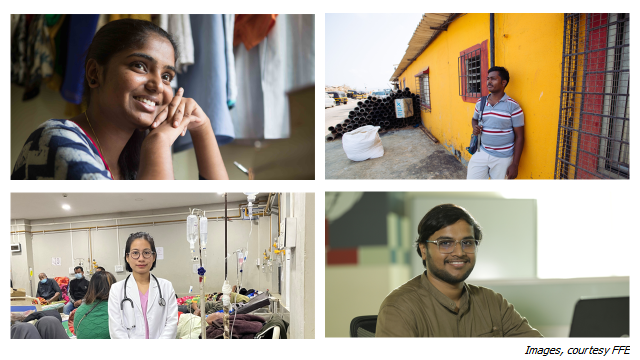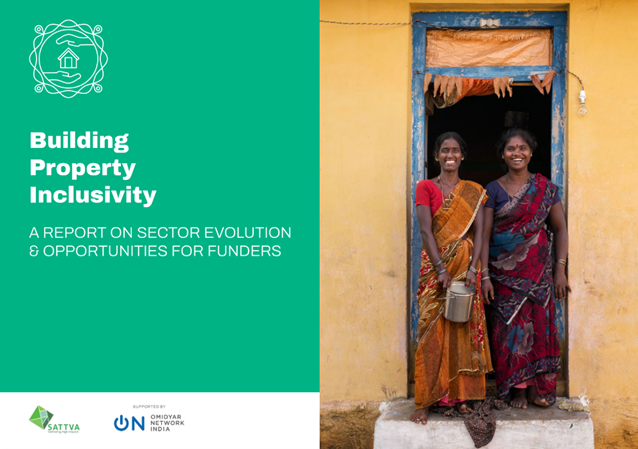– By Meenakshi Iyer & Aarti Mohan
Few calamities are as devastating as a natural disaster. The decades of repercussions and humanitarian crises inflicted by a tsunami, earthquake or flood echo a sense of helplessness globally as communities and nations rally to respond.
India is no stranger to this feeling. In the first nine months of 2022, India experienced some form of extreme weather on 88% of the days, according to the Centre for Science and Environment. From floods in Uttar Pradesh and landslides in Manipur, to a cyclone in Tamil Nadu, these natural disasters are part of a larger pattern of climate change that is affecting all of us. Equally of concern are the areas across the country that are vulnerable to natural climate-related changes, which bring irrecoverable loss to livelihoods and material damage along both coastal areas and mountains.
To withstand these domino effects, a public-private ecosystem needs to rally together. Not only to enable greater predictability in how we prepare for, respond to, and recover from natural disasters, but also to look at the bigger picture of how we are sustainably funding climate resilience, and mitigating rising instances of natural disasters for people and planet.
India: agility and innovation
The promise of 2023 was shaken by the Turkey-Syria earthquake in February; more recently we observed the catastrophe of wildfires in Hawaii, one of the deadliest US wildfires in more than a century.
India’s approach to disasters has evolved over time. In the 1990s, warnings did not reach people on time or were not accurate, and this led to a “paralysis of the system not being able to respond,” according to Dr. Manu Gupta, co-founder at SEEDs, a non-profit building resilience against disaster and climate change impacts. However, Gupta, who has over 30 years of experience in disaster management, says the system in India “has moved towards a zero-casualty approach” – in other words, there is an explicit focus on saving lives. A big shift in how India now deals with natural disasters is also through empowering communities to be first responders.
Covid-19 has opened up the possibilities of how disasters can be managed. By May 2021, the number of new cases confirmed in India had peaked at just over 390,000 and demand for medical oxygen rose ten-fold. Neetha Joy, a director at ACT Grants, a non-profit venture philanthropy platform, shares how the Indian government, in a fight or flight moment, was open to all ideas at that time. This enabled agility and innovation to be fast-tracked.
“In a non-pandemic situation, this wouldn’t have come together so quickly,” Joy says, including “getting all these unlikely stakeholders together on a table, ideating, coming up with a solution and seamlessly making it work. It was a good peek into what can happen.”
Solutions for telemedicine, oxygen supply grids, and continuity of patient care were enabled by the government. All this was made possible by the government relaxing certain barriers to direct capital for entrepreneurs, and through concerted efforts across the healthcare ecosystem.
However, Joy also cautions that, as post-pandemic society has started to move back to business as usual, so have startups and the government. Maintaining the momentum and elasticity for innovation that such disruptions in the face of disaster can offer is critical to make innovation scalable.
Incentivising entrepreneurs
In India there are some exciting innovations being trialled to manage natural disasters better.
Technology is a popular and exciting prospect for innovation in this regard, from the potential of drones and robotics, to enabling digital public goods and infrastructure (DPG/DPI). Gupta’s team is working on developing DPGs that can be used in a natural disaster, to provide real-time information on the type of losses people experience for better responsiveness. Capturing this information would not only account for physical loss, but also for issues around “fears or sentiments… because mental health has become a major issue,” he says.
Following the Turkey-Syria earthquake in February 2023 more than 850,000 children have been displaced, demonstrating the importance of housing in post-disaster locations. This has been a critical area in the post-disaster efforts that India has explored for innovation. Manoj Kumar, co-founder and CEO at Social Alpha, a platform enabling science and technology startups focused on impact, says new construction materials of better quality are now being used. Additionally, rapid construction systems and processes are being created to house displaced individuals faster. SEEDs has also experimented with owner-driven reconstruction approaches (for example in response to a 2019 cyclone).
But, as Kumar says, “innovation does not happen until you demonstrate existence of the market”. Is there enough incentive today for entrepreneurs to truly rally around disaster relief? A market needs to be created by the stakeholders involved in traditional disaster relief efforts, including governments, funding agencies, corporates and philanthropy. They need to then act as the procurement agents for entrepreneurs, creating the market for innovation to be the norm rather than the exception during disasters.
This shift will be critical, and while we may have seen glimpses of this happening during Covid, like when governments created the market for vaccines to be distributed, we are not seeing this approach scale in the face of looming natural disasters.
Financing for climate resilience
Climate change is causing weather uncertainty and volatility. “The disaster propensity and intensity are both increasing, and droughts and floods, for example, are becoming much more intense, causing havoc,” says Kumar.
The correlation between climate change and natural disasters is undeniable. The year 2022 was the sixth-warmest year since records began in 1880. Increasingly, responding to climate change is becoming less about conservation and recycling, and more about resilience and adaptation, especially in the context of natural disasters.
In India innovative, nature-based solutions are being explored to prevent certain types of natural disasters – from ‘bio-shields’ in the form of plantations to buffer against strong winds, to the revival of water bodies and wetlands in urban areas that can act as sponges for urban flooding. Furthermore, the Indian government has used its current G20 presidency to spotlight the role that mangroves can play.
Such solutions have potential, but only if we are willing to first create the market and ensure the right kind of financing. This raises the question of how much it will truly take to build sustainable climate resilience.
India’s government has allocated more than £145m for disaster relief in 2022-23. This is less than 2021-2022 allocations, and not nearly enough to cover the true cost of mitigation, adaptation and loss and damage. Climate finance and investment expert Varad Pande, in a recent podcast with Sattva, quoted Janet Yellen who emphasised that global climate finance needed to be discussed in the trillions rather than the billions. Innovative financing is therefore required to bridge climate finance and disaster relief allocation. And, as these are issues that transcend national borders, we need a global ecosystem of funders and other players to come together, rather than expecting national governments to always pick up the bill.
We need to acknowledge the role that climate change plays as an accelerator and amplifier of natural disasters. We cannot simply react anymore, we must prepare. Creating an environment for innovation to thrive through the disaster management life-cycle will be critical. Innovations around predictability, response and rehabilitation already exist. However, today there is no marketplace for these to scale, and this needs to be created by both traditional and non-traditional stakeholders.
We know that the climate crisis will only increase the frequency and ferocity with which these disasters hit. Funding and enabling innovation to thrive in the face of a natural disaster, rather than crumbling under the vulnerability of reactive relief, will need to therefore become our new normal.
- More information on these and other solutions can be found at the Sattva Knowledge Institute, a free platform for actionable insights on impact topics.
- Aarti Mohan is a co-founder and partner at Sattva. Meenakshi Iyer is engagement manager at Sattva.
This article was originally published in Pioneers Post.
(Picture courtesy: Pioneers Post)




